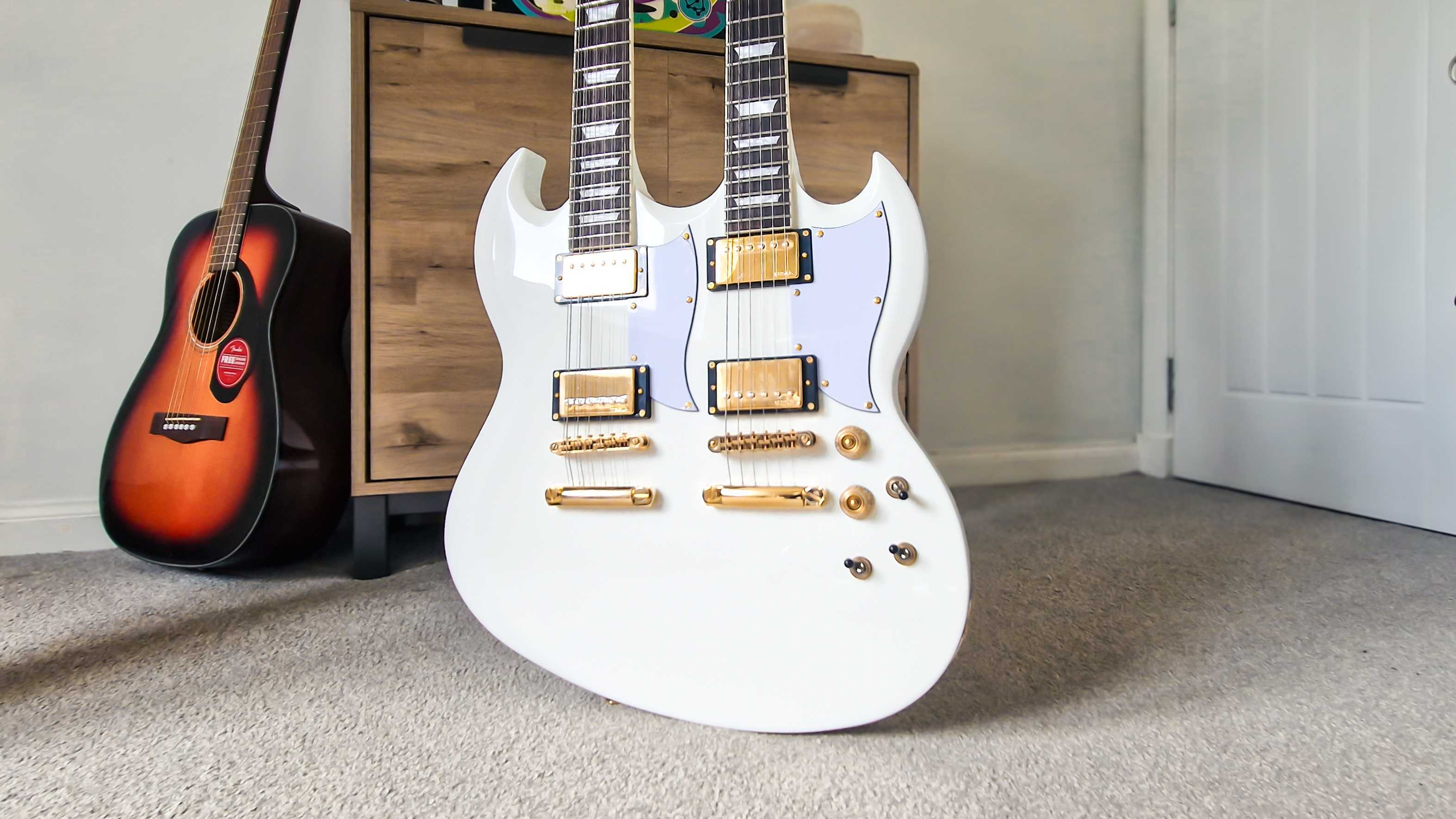MusicRadar Verdict
For the most part, there’s a lot to like about Harley Benton’s affordable take on this double-necked classic. The guitar is well spec’d, suitably playable and well finished. That said, the placement of the controls does make switching necks mid-song a little challenging and the instrument's monumental weight means you won’t want to stand up with it for an entire set of classic rock covers.
Pros
- +
Well finished
- +
Affordable
- +
Comes with a case
Cons
- -
Very heavy
- -
Switching necks is difficult
- -
The pickups could be better
MusicRadar's got your back
Harley Benton DC-Custom II 612 review: What is it?
Jimmy Page, Alex Lifeson, Claudio Sanchez, Slash; the list of players associated with Gibson's twin-necked beauty, the EDS-1275, is nothing short of legendary. Seen by many as a larger-than-life guitar designed for large-than-life firebreathing rockstars, this iconic design has been cemented into the annuals of rock ‘n’ roll history as one of the most striking models to ever take to the stage.
As you'd expect, this legendary guitar carries a pretty sizable price tag to match its colossal stature and status. Gibson recently unveiled a meticulous recreation of arguably the most famous double-neck of all time, Jimmy Page's 1969 model, to the tune of £50,000, and currently a "standard" Custom Shop example will still set you back a pretty penny, coming in at around £7,799.
Well, there is an easier and cheaper way to get your double-neck fix: enter Harley Benton. The DC-Custom II 612 is the company's latest twin-necked model and offers players a 12-string on top, a standard six-string on the bottom, a quad of Tesla pickups, a rather surprising compliment of stainless steel frets, and a custom hardshell case, all for under £600 - that's pretty great value by anyone's standard.
So, if you're looking to channel your inner rock god without breaking the bank, the Harley Benton DC-Custom II 612 is definitely worth considering, but how does it hold up in our tests – let’s find out.
Harley Benton DC-Custom II 612 review: Performance & verdict
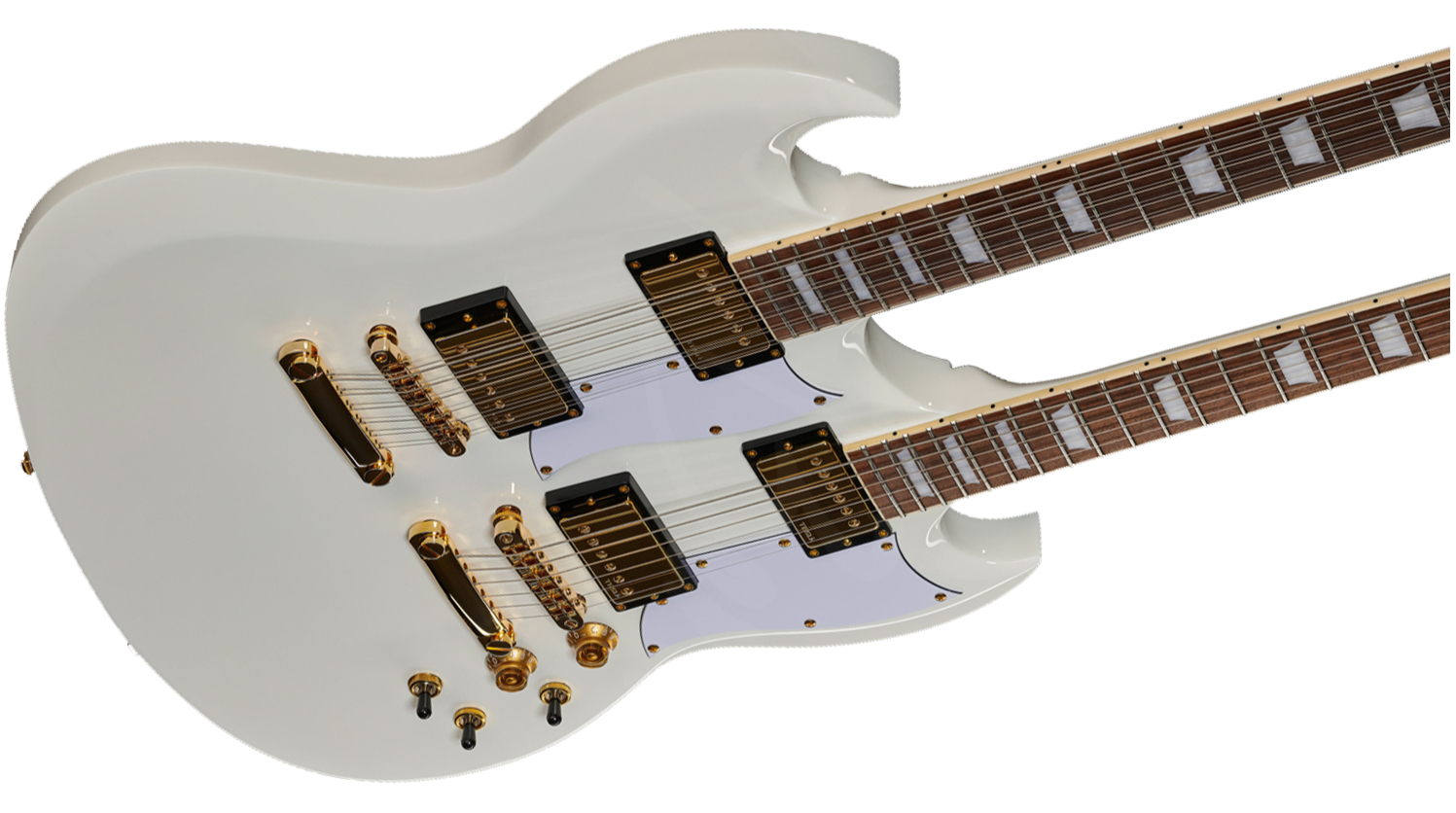
Build quality & design
Lifting the lid on the ginormous Harley Benton-branded case, we are instantly struck by how good this guitar looks in person. Okay, the body isn’t an exact replica of the Gibson original, but there’s something about the offset design that totally works in the double-neck format. The off-white, cream finish looks great, too, and the gilded gold hardware completes its classy, if somewhat ostentatious, appearance.
However, when you lift the guitar out of the case, the weight immediately reminds you that this is essentially two guitars combined. It’s not just heavy, it's very heavy. To fully test the guitar, we took it to a band rehearsal, and after just two songs, the physicality of the guitar was already making its presence felt – but we guess that's the price of rock stardom.
Moving on to the control-layout and, this is probably the biggest departure from the original EDS-1275. Included are one volume and one tone control, a three-way pickup selector for both the six and twelve-string sides, and a separate switch for selecting which neck is active. Unlike the Gibson model, all the controls on the Harley Benton are located at the bottom of the six-string side, where you’d typically expect them on a single-necked guitar. This is a significant difference from the Gibson model, which has its neck selector located between the two sides of the guitar, in the middle of the body.
Want all the hottest music and gear news, reviews, deals, features and more, direct to your inbox? Sign up here.
This layout makes switching between necks while playing a little difficult. Having the selector located so far away from the 12-string side makes quick changes very challenging – not impossible, but it certainly takes practice. We must admit we much prefer the control layout of the original Gibson model, as this is a more convenient and easier-to-access location. Of course, you can circumvent this issue by having both necks selected, but we found that this approach just resulted in unwanted noise from the strings on the unused side ringing out sympathetically.
Playability
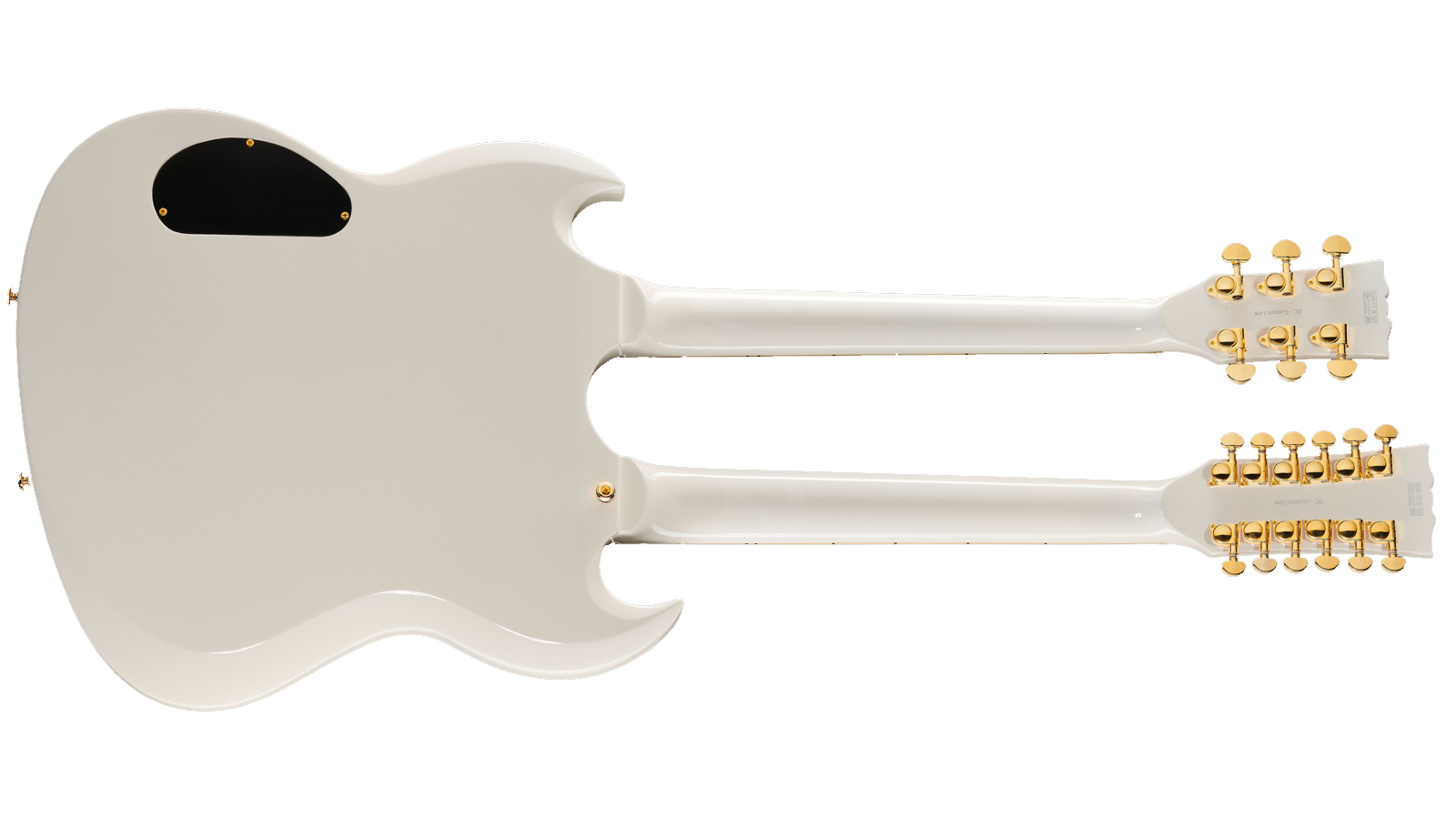
We have to admit that we were pleasantly surprised when we turned our attention to the playability of the DC-Custom II. Each neck opts for a modern C-style profile that feels comfortable and easy to navigate. Better yet, the necks actually sport two different nut widths. The six-string opts for 42mm, and this is then increased to 48mm for the 12-string to help accommodate the extra strings, meaning neither of the necks feels too cramped or crowded.
We were also happy to see the inclusion of stainless steel frets. The fretwork on our example is pretty good. The frets are well-polished and decently dressed, bringing a somewhat premium feel to what is, frankly, a very affordable guitar.
In terms of the action, it’s a bit of a mixed bag for the Harley Benton DC-Custom II 612. The 12-string side was set up beautifully, with a low and even action across the length of the neck. However, the six-string was a little on the high side for us. By no means was the guitar unplayable, but we did find ourselves struggling to perform some faster legato runs and more flashy solos. We’re sure after a minor adjustment, we’d get the guitar playing to our liking, but still, it’s worth mentioning.
Sound
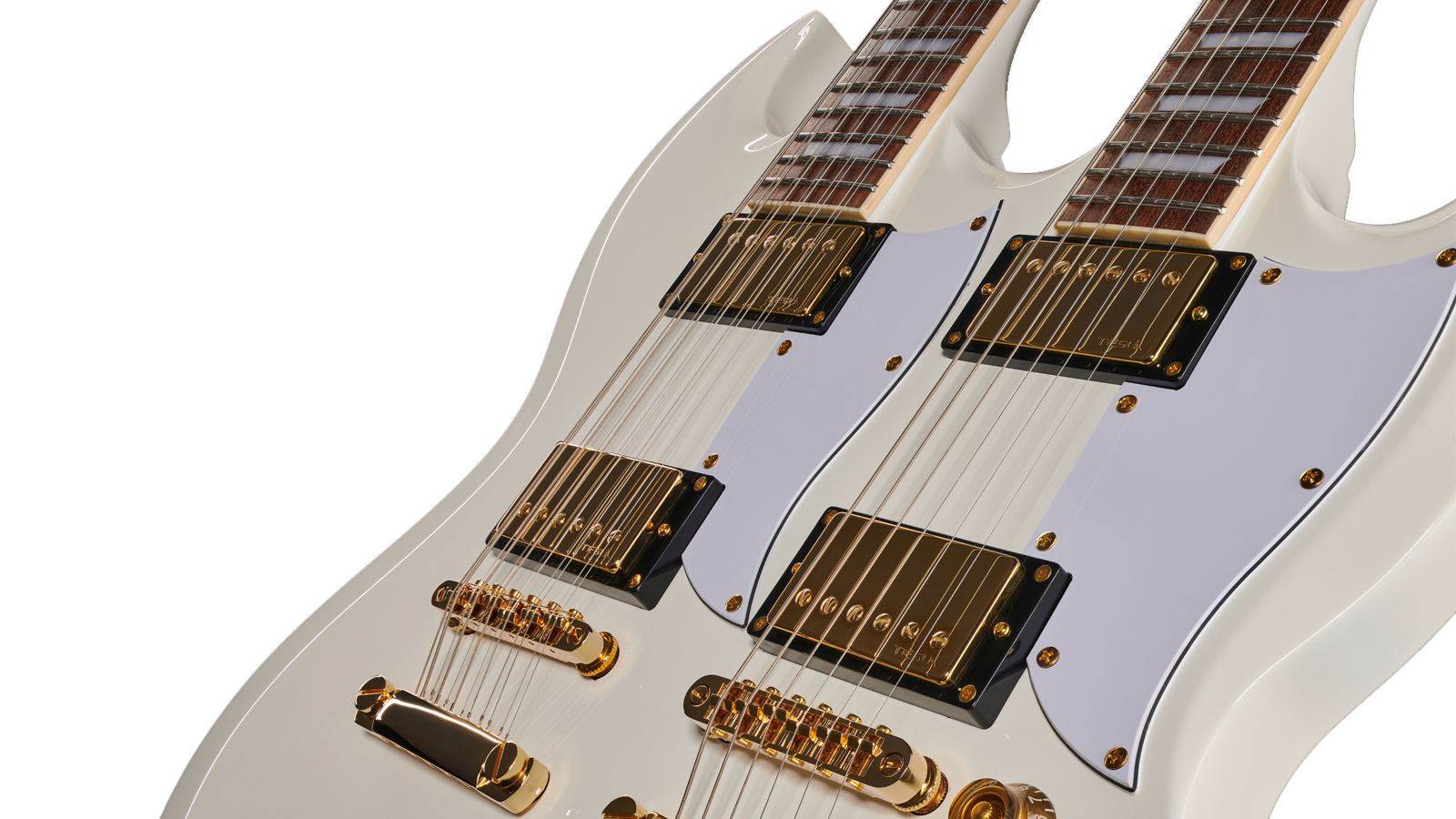
Now, if you are purchasing a guitar like this, it’s highly likely that you are trying to recreate the legendary tones of a bygone era – and thankfully, the DC-Custom delivers, well, mostly.
The tonal engine of this twin-necked giant is a set of Tesla Opus-G1 humbuckers for the 12-string side and a duo of Tesla TM VR-60 humbuckers for the six-string side.
Each pickup set is powered by Alnico-5 magnets and produces a warm and suitably vintage tone. Whether it’s sparkly clean or full-on distortion, these pickups adapt well and certainly deliver the retro-voiced tone promised. That said, we did find a volume discrepancy between each side. The 12-string side is noticeably quieter than the six-string.
Now, this might not actually be a bad thing – especially if you are using a tube amp. In our tests, we found that switching to the 12-string side resulted in a lower signal, which in turn led to less overdrive and a cleaner tone overall from our amp – exactly what we want when we employ the jangly tone of a 12-string guitar.
Final verdict
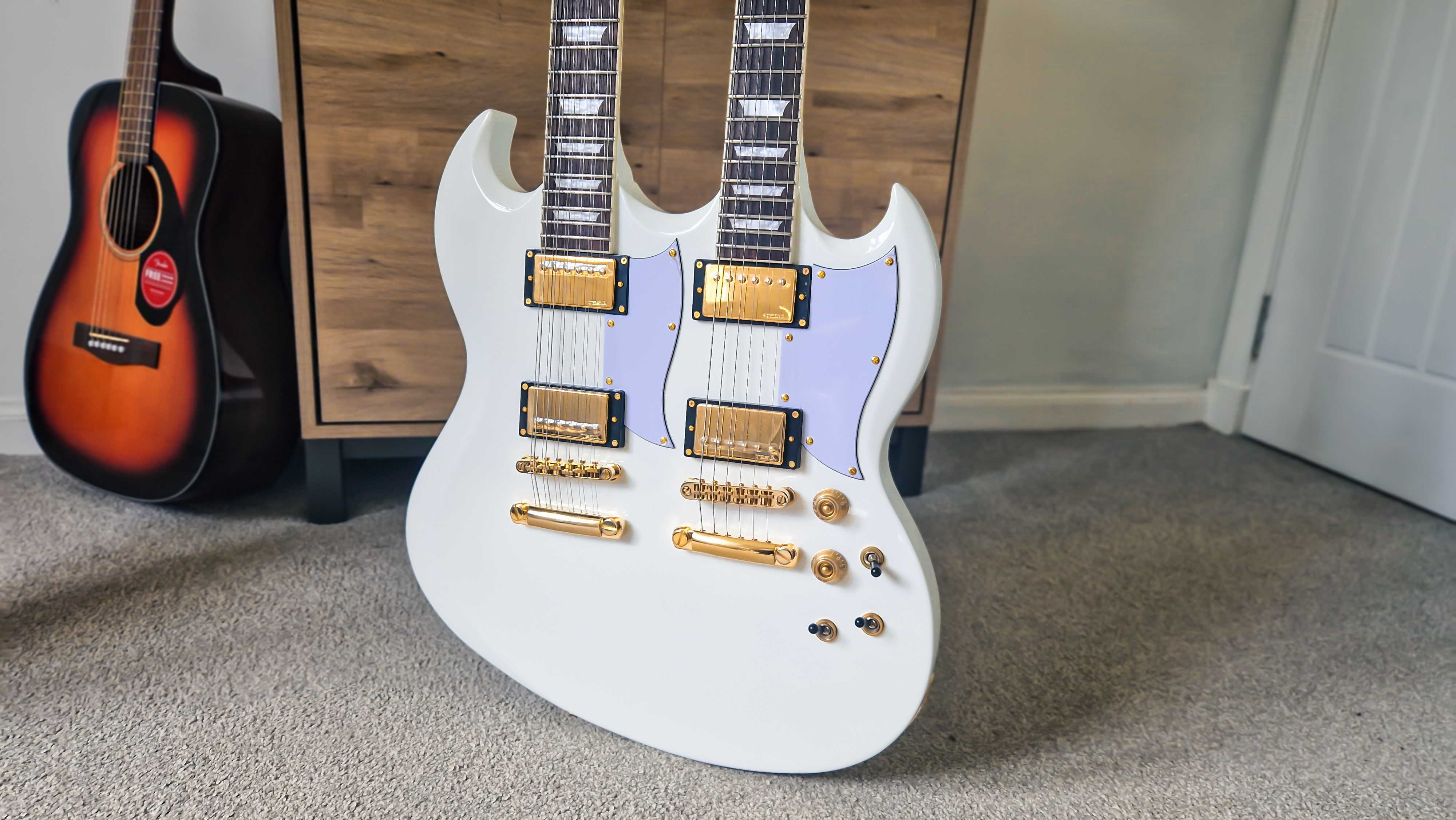
We had a lot of fun with the Harley Benton DC-Custom II 612. Is the guitar perfect? No, of course not, but as far as a double-neck instrument for under £600 with a case, it’s pretty great.
Yes, our review model required a few setup tweaks to make it fully playable, and we’re not fans of the current control layout, but these are minor gripes for what is most definitely a fantastically entertaining guitar to play at a price that’s unbeatable.
Harley Benton DC-Custom II 612 review: Hands-on demos
𝟔𝟓𝟎𝐓𝐡𝐮𝐧𝐝𝐞𝐫𝐛𝐢𝐫𝐝

Harley Benton DC-Custom II 612 review: Specifications
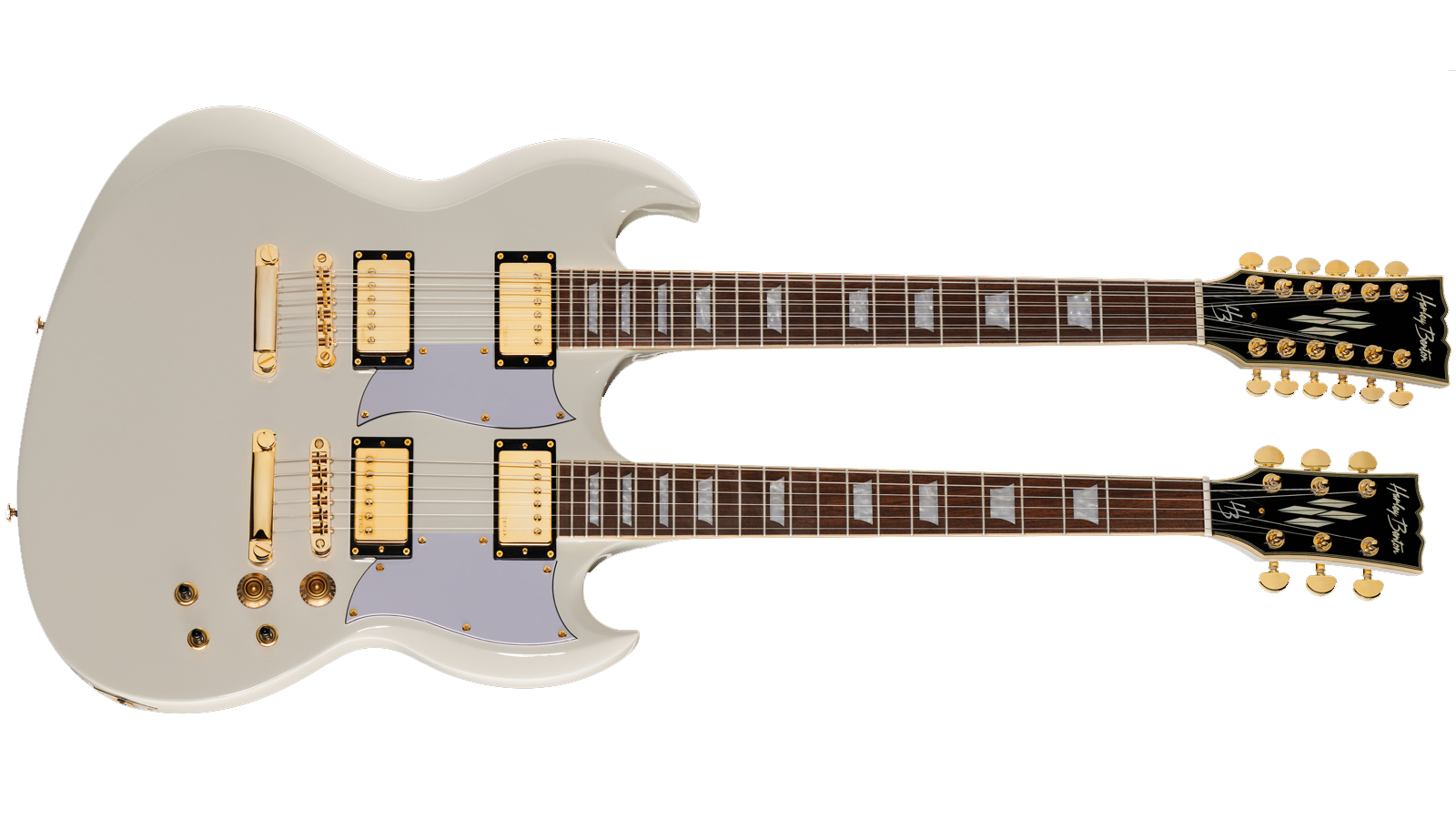
- Body: Meranti
- Necks: Meranti
- Fingerboards: roasted jatoba
- Neck profiles: C - thickness at 1st fret: 20.5 mm, thickness at 12th fret: 22.5 mm
- Fingerboard radius: 350 mm each
- Scales: 628 mm
- Frets: 22 Medium Jumbo Blacksmith stainless steel frets
- Nut width (6-string neck): 42 mm
- Nut width (12-string neck): 48 mm
- Pickups (12-string): 2 X Tesla Opus-G1 Alnico-5 vintage-style humbuckers
- Pickups (6-string): 2 X Tesla TM VR-60 Classic Alnico-5 vintage-style humbuckers
- Tuners: Grover machine heads
- Case: Hardshell
- Contact: Thomann
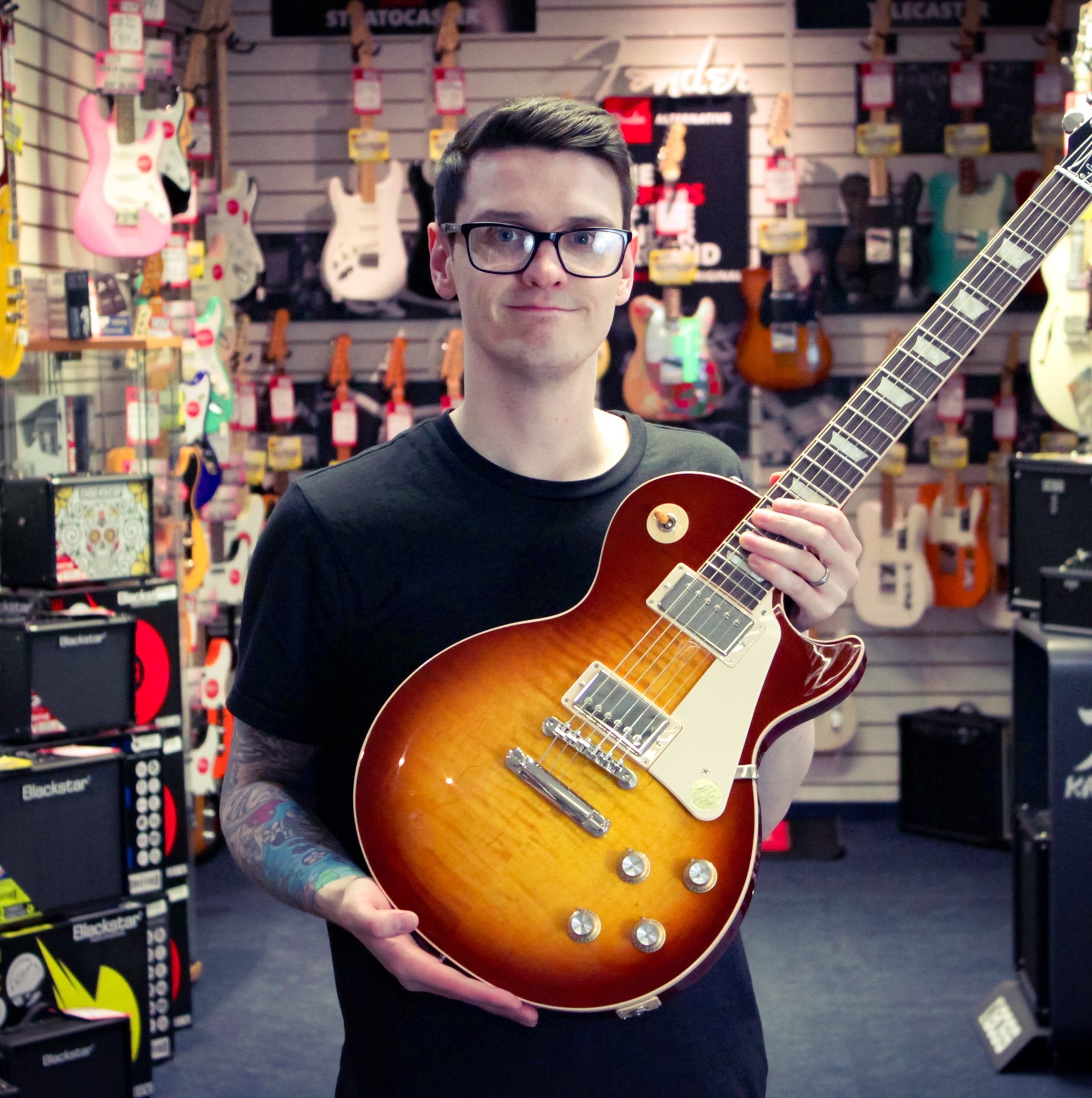
I'm a Senior Deals Writer at MusicRadar, and I'm responsible for writing and maintaining buyer's guides on the site. As part of my role, I also scour the internet for the best deals I can find on gear and get hands-on with the products for reviews. My gear reviews have been published in prominent publications, including Total Guitar, Guitarist, and Future Music, as well as Guitar World.com. I've also had the privilege of interviewing everyone from Slash to Yungblud, as well as members of Sum 41, Foo Fighters, The Offspring, and many more.
In a previous life, I worked in music retail, selling everything from digital pianos to electric guitars. I'm also a fully qualified sound engineer who holds a first-class Bachelor's degree in Creative Sound Production from the University of Abertay.
